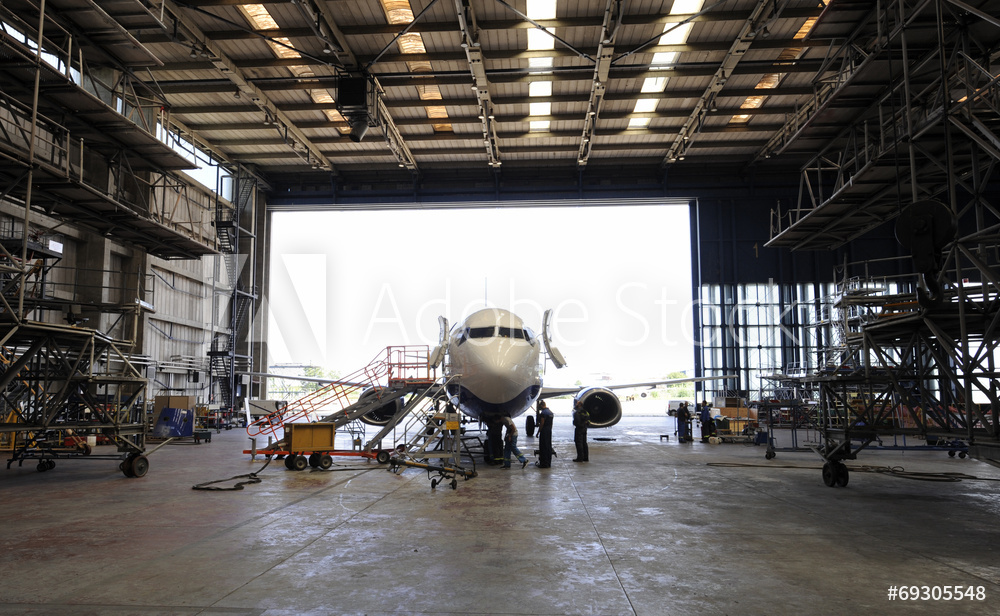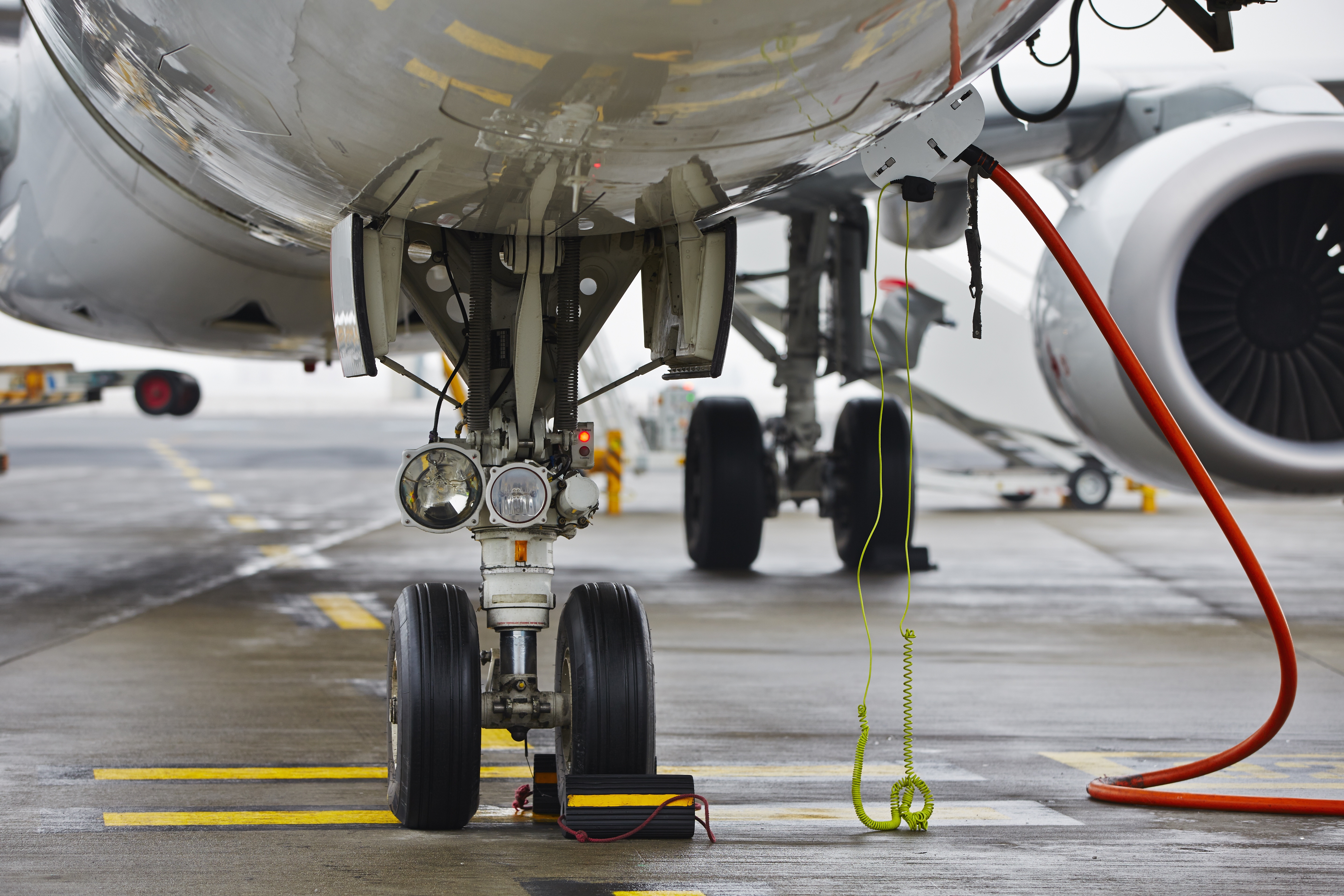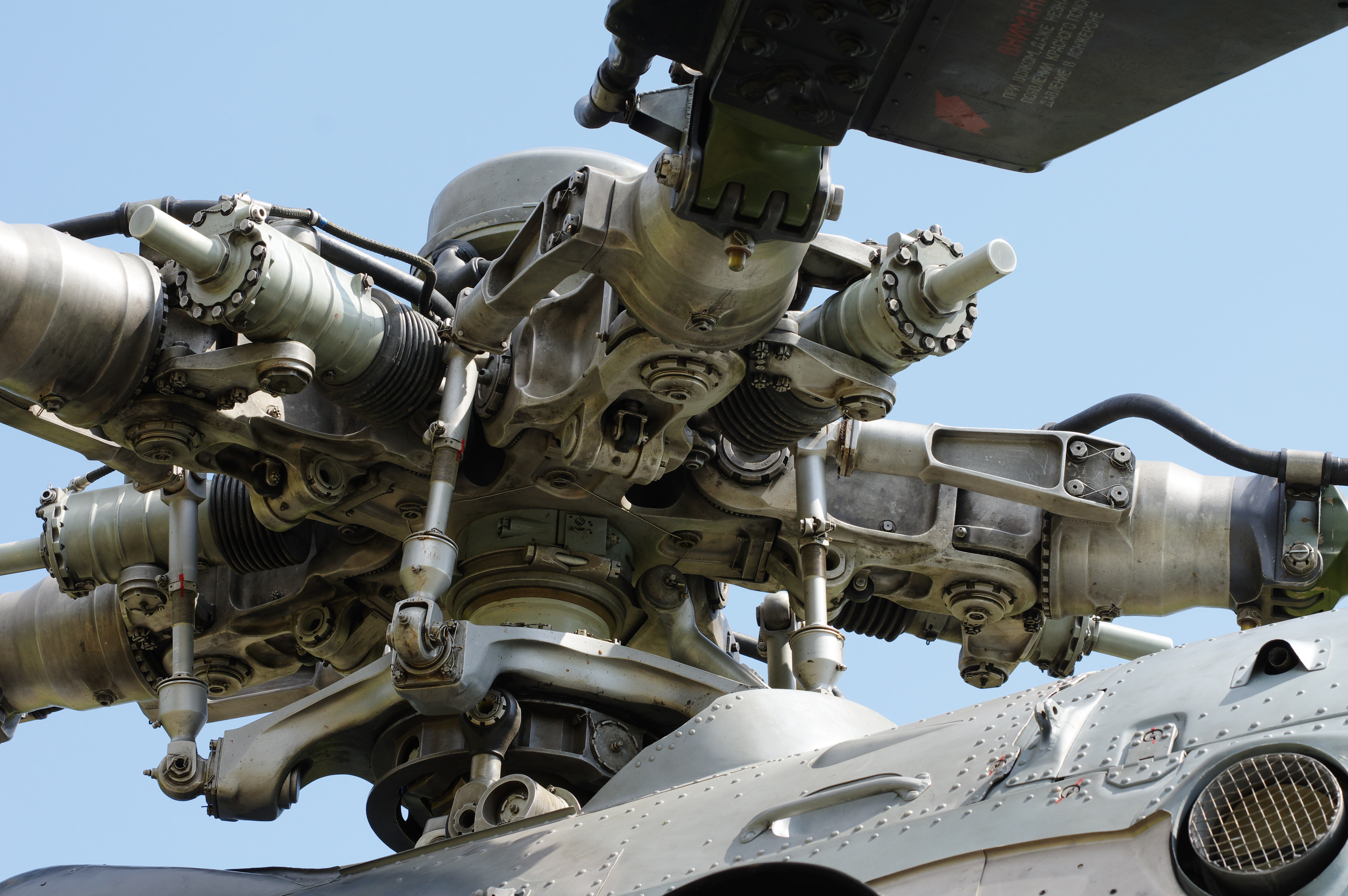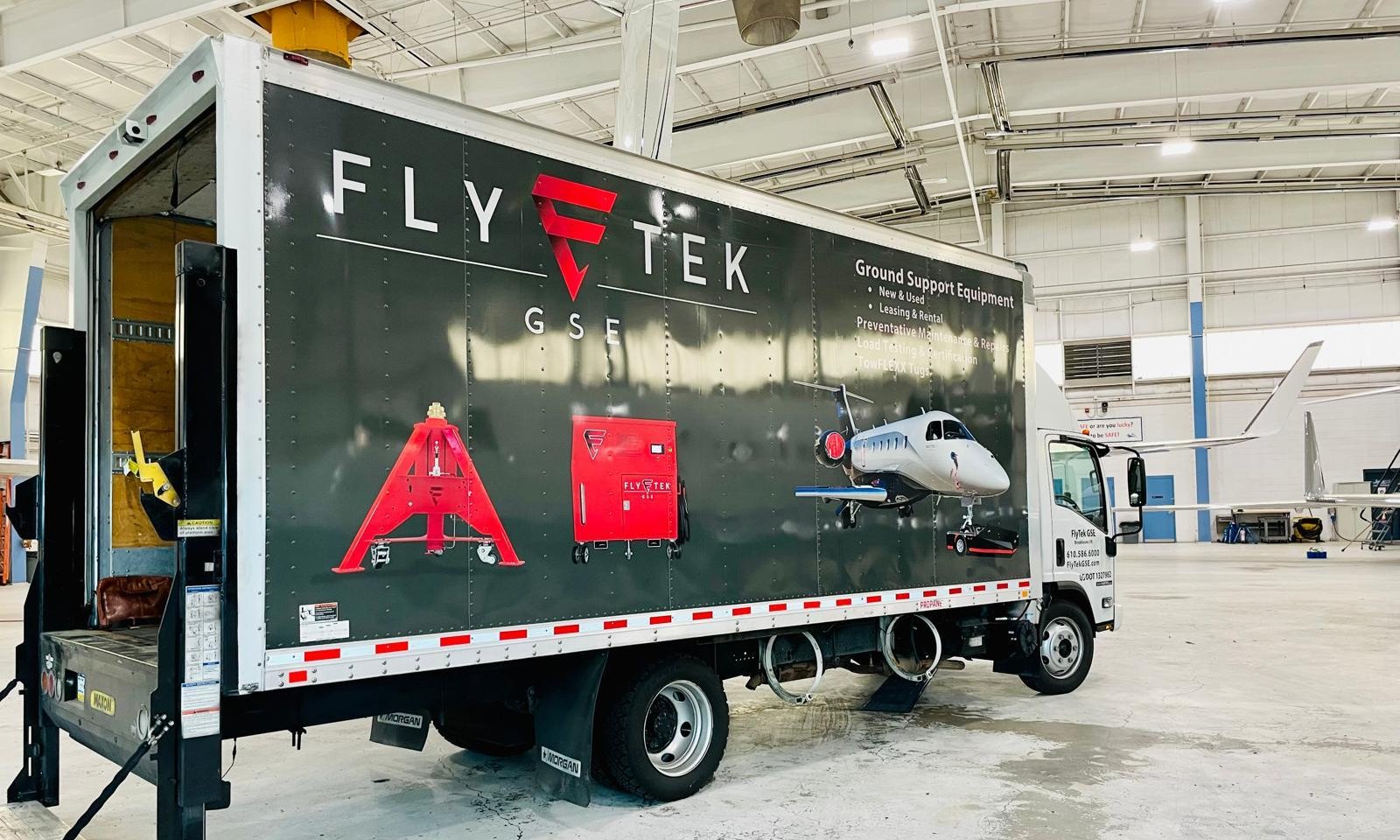Aviation hydraulic systems must be maintained with the highest standards adhering to a strict, regular schedule. Not only do they need to be working at peak efficiency with minimum downtime, they need to be safely maintained for the passengers and pilots that entrust these systems with their lives. Aviation hydraulic maintenance can be a complex challenge because it involves a thorough understanding of how hydraulic systems work and the many components that make up a hydraulic system (as well as how they interact with each other and with aircraft systems).
How Aviation Hydraulic Systems Work
The basic concept behind how hydraulic systems function is fairly straightforward: aviation hydraulic systems use a pressurized liquid – referred to as hydraulic fluid or hydraulic oil – to change the position of parts such as landing gear, cargo doors, or ailerons. Hydraulic systems are based on a principle from fluid mechanics in physics called Pascal’s Law. This law states that in an enclosed system, pressure applied to a liquid anywhere in the system will cause equal pressure to be distributed elsewhere. In short, a liquid in an enclosed system can be used to transfer pressure. That pressure can then be used to apply forces or generate torque, depending on the components the pressurized fluid encounters.
From a more practical viewpoint, a pilot flips a switch or activates a flight control device from the cockpit. This simple action activates a pump in the hydraulic system which applies pressure to an actuator. As that actuator moves, it transfers that motion to a component such as a cargo ramp or a brake which then moves into the appropriate position. The movement is reversed in a similar fashion, but instead of applying pressure, the pressure is released.
Hydraulically Powered Components
Aviation hydraulic systems control many different aspects of an aircraft, including flap extension, stabilizer trims, and wheel brakes. Hydraulics also control critical systems such as flight control surfaces and landing gear deployment, as well as support on-ground applications such as aircraft jacks and HPUs. There are certain hydraulic parts that are common to many of these systems, beginning with hydraulic fluid. Because the performance of the aircraft depends on these components to function properly, aviation hydraulic maintenance is extremely important.
Hydraulic Fluid
Hydraulic fluid is primarily used to transmit pressure through the hydraulic system, but it also serves as a lubricant for components within the system (including actuators, motors, and pumps) and as a means of conducting generated heat away from key parts such as bearings and gears. Hydraulic fluids must also possess certain key properties such as incompressibility, anti-corrosiveness, low freezing point, high boiling point, appropriate viscosity, and fire-resistance.
Hydraulic Cylinders
When there is a need to apply a reversible force, hydraulic cylinders are typically used. Hydraulic cylinders are a type of linear hydraulic actuator with a simple design that includes a piston rod that moves linearly within a cylindrical barrel in response to hydraulic pressure.
Hydraulic Motors
Hydraulic motors take hydraulic pressure and transform it into rotational motion and powerful torque. There are various types of hydraulic motors, including gear, radial piston, axial piston, and vane hydraulic motors. Their primary use in the context of aviation hydraulic systems lies in driving the jackscrews that position flight surfaces such as stabilizer trims.
Hydraulic Pumps
There are several different types of pumps that can be found in aviation hydraulic systems, including gear pumps and piston pumps. Gear pumps are fixed-displacement pumps, which means they move a fixed amount of hydraulic fluid per rotation. Piston pumps, on the other hand, can be either fixed-displacement or variable displacement; variable displacement pumps can adjust fluid output based on system demand.
The different types of power used to run pumps include manual, electric, engine driven, pneumatic, or hydraulic (via a power transfer unit, or PTU).
Hydraulic Plumbing
For a hydraulic system to function, “plumbing” components are necessary. They facilitate the flow of hydraulic fluid throughout the system and include hydraulic lines, reservoirs, accumulators, shut off valves, control valves, pressure relief valves, valve blocks, filters, and hydraulic fuses:
- Reservoirs are where pumps obtain hydraulic fluid.
- Accumulators are a type of reservoir in which the fluid is pressurized by an external source.
- Valves are used to control the flow of hydraulic fluid; some only operate in the event of an emergency (e.g., shut off valves and pressure relief valves), while others are used to activate actuators (e.g., control valves).
- Fuses will seal off a hydraulic line if the pressure drops too low.
The Importance of Aviation Hydraulic Maintenance for Systems and Components
The importance of proper aviation hydraulic maintenance cannot be overstated. Regular, quality maintenance is the only way to minimize the risk of catastrophic failure and ensure the proper operation of mission critical systems.
Ground Support Equipment Maintenance

In addition to aviation hydraulic systems located on the aircraft itself, there is hydraulic ground support equipment (GSE) that must also be maintained. This GSE includes aircraft jacks, aircraft tugs, GPUs, HPUs, and belt loaders. While GSE may not seem as critical to the safety of aircraft as other aviation hydraulic systems, it is vital to the smooth and efficient functioning of aircraft and airports around the world.
Trust FlyTek with Your Ground Support Equipment Maintenance
You can count on FlyTek GSE technicians to keep your ground support equipment running at maximum productivity with as little downtime as possible. Our hydraulics technicians will perform maintenance, troubleshooting, and repair on-site for everything from aircraft tugs to HPUs. We regularly work on GSE brands such as TowFLEXX, Hobart, Eagle Tugs, FoxCart, JetMac, JetPorter, Lektro, Tronair, and Unitron. Our staff will work with you to develop a customized GSE maintenance plan that takes into account your maintenance goals and your budget. Contact us today to schedule a free evaluation of your GSE fleet!






